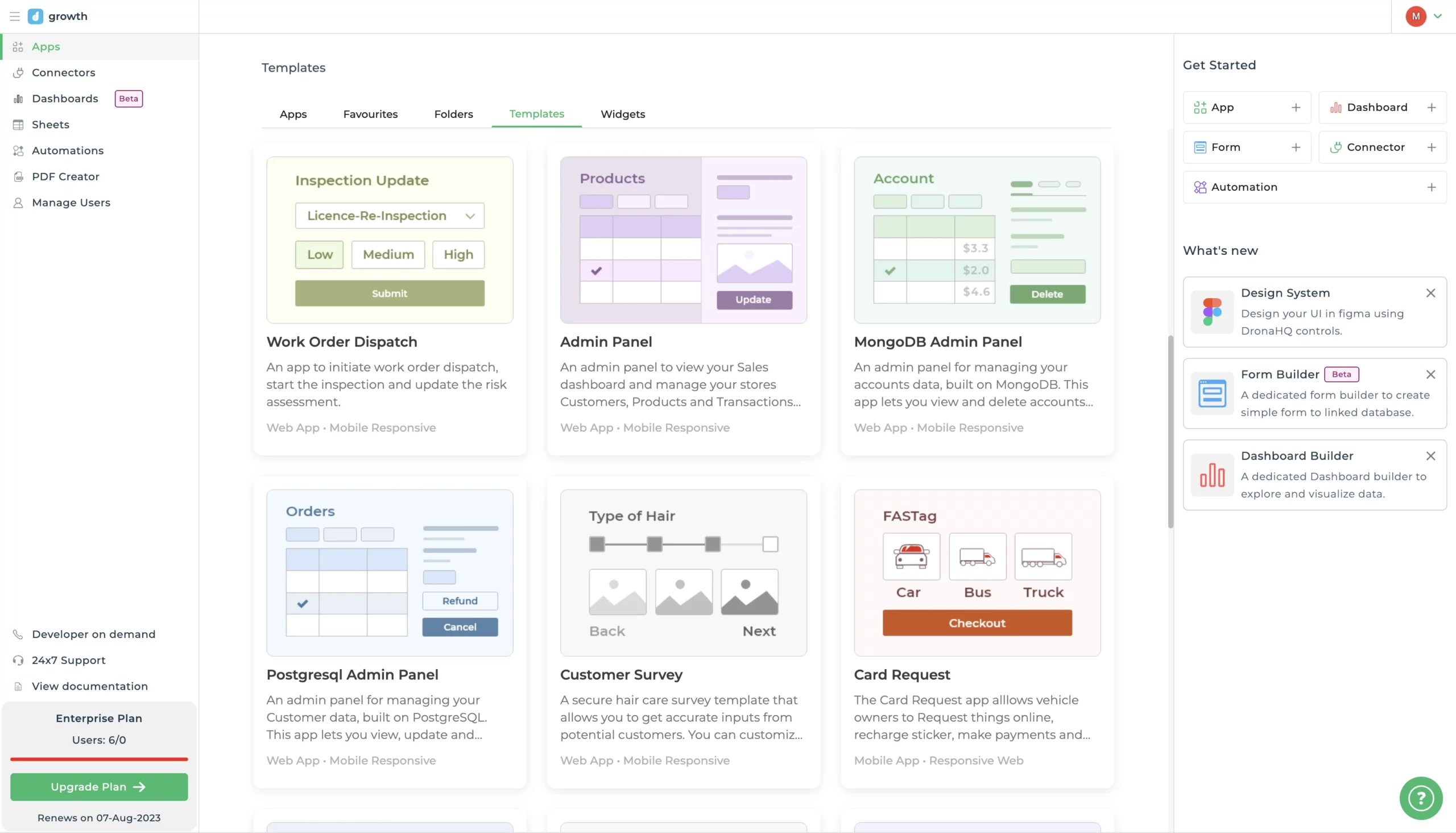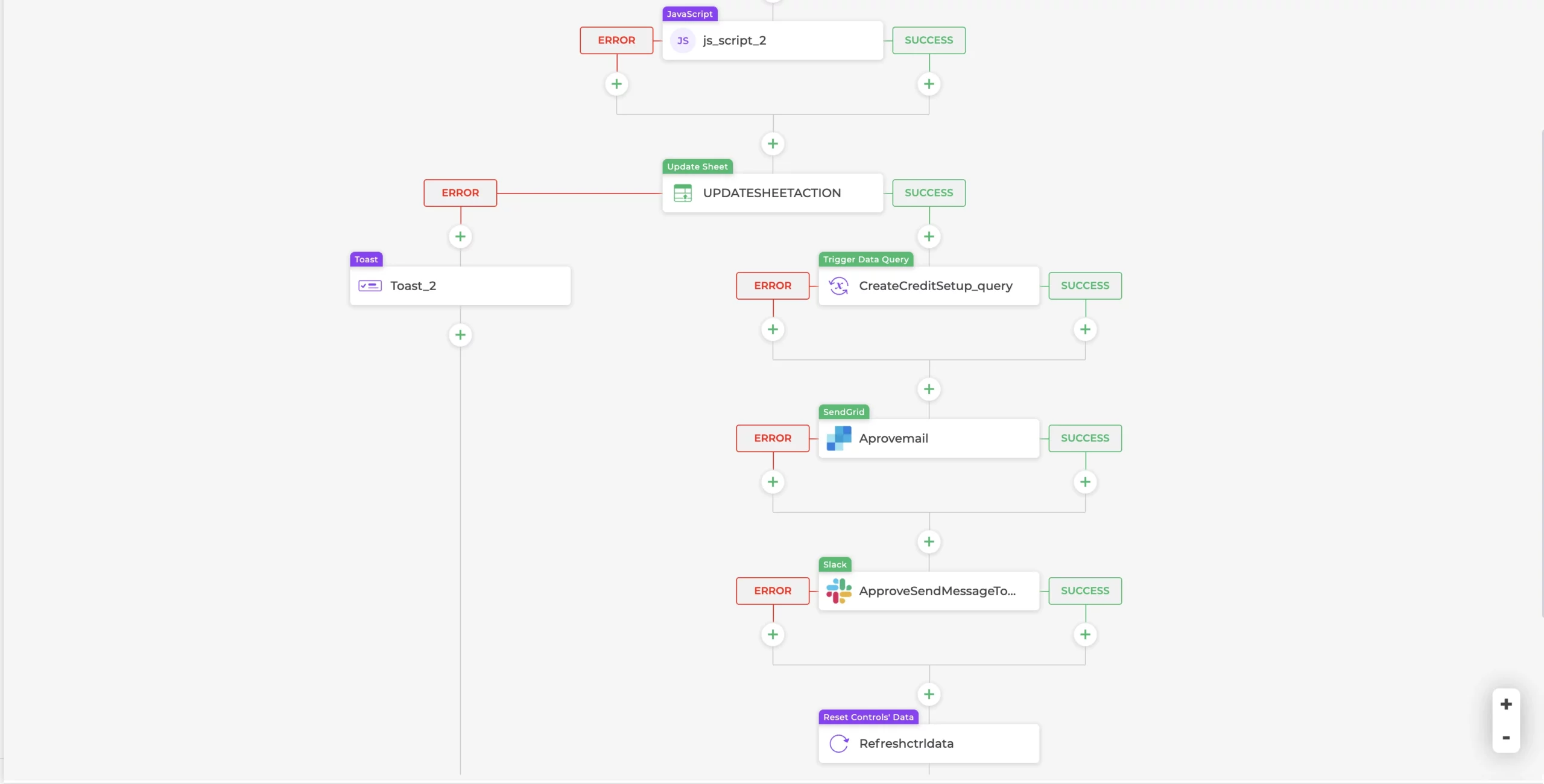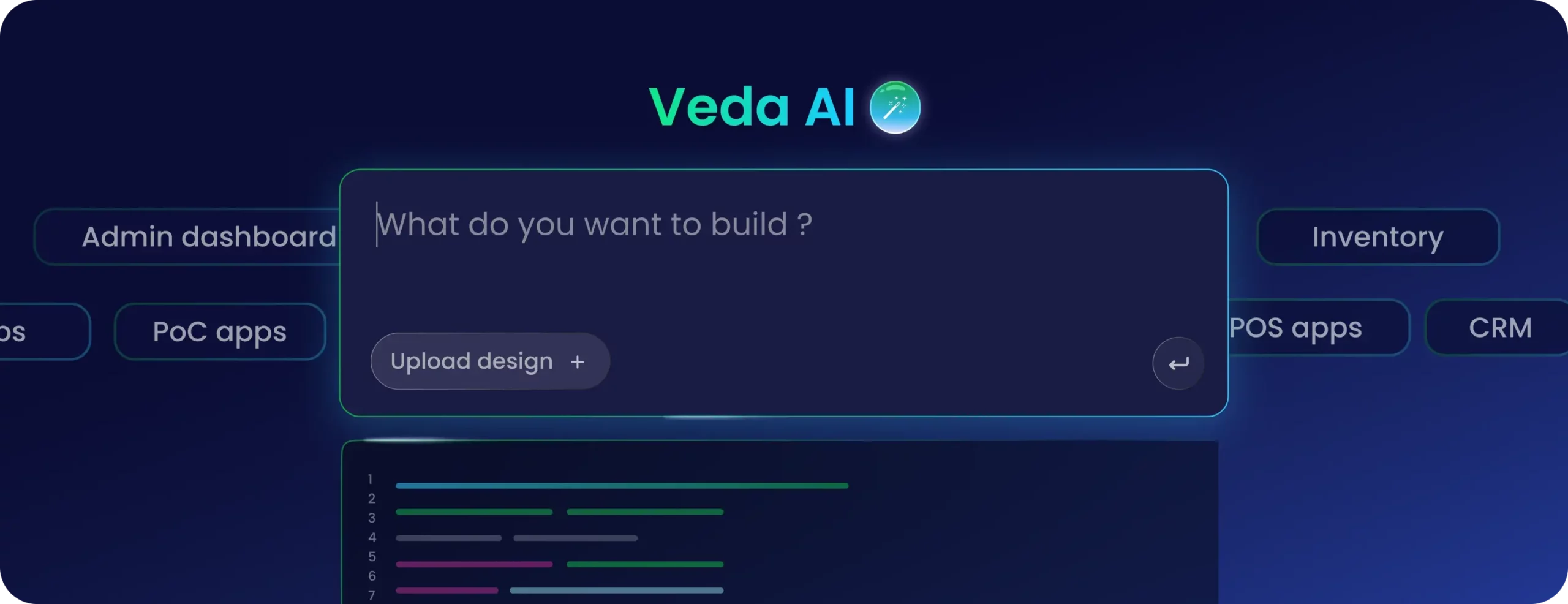

Bolt AI review: Features, benefits, alternatives
A significant shift is occurring in app development in 2025, with accessibility, automation, and speed at the forefront. The traditional development method is not the only one capable of generating complete applications, thanks to the introduction of AI and low-code solutions. Now, builders can anticipate completing the MVP process in a matter of hours.
Recently, AI app builders have come into the spotlight, and Bolt AI has emerged as a popular choice among indie hackers and developers. Its pitch, which has been used in viral Product Hunt blogs, LinkedIn & Youtube advertisements, and X (previously Twitter) presentations, is straightforward: “Describe the app you want, and we’ll generate it frontend, backend, database, and all”.
What is Bolt
Bolt AI, also known as Bolt.new, is a browser-based AI development platform that supports full-stack web applications with prompts in natural language. Founded in 2024 by Eric Simons (the man behind StackBlitz), the San Francisco-based startup has venture capital backing and is rapidly gaining popularity as a tool for experimenting, hobby projects, MVPs, and prototyping.
Bolt combines a visual editor with AI-powered code generation to simplify app development, even for non-programmers.
Features of Bolt AI
- Build with Prompts – Type what you want, like “Build a CRM with a Kanban board” and Bolt AI generates a working app with a database, frontend, and backend in minutes. It works for a wide range of use cases.
- Complete Code Output – Creates full-stack code, including roles, APIs, and auth (React + Tailwind, Node.js + Express, PostgreSQL with Prisma).
- Visual Editor – Quick UI adjustments without writing code are possible using Visual Editor, which is helpful for layout testing and MVP iterations.
- Ownership of Code – Export to Vercel or get the clean source code. Integration with GitHub is planned.
- Customisation of Components – The created app can have UI blocks and React or JavaScript logic added by developers. As of mid-2025, npm support and multi-model agent routing are still in an experimental phase, and configuring backends and integrating databases like Supabase are all cool features.
- No Vendor Lock-In – Bolt doesn’t bind you to a platform or runtime; you own your code.
- Error Detection – The in-browser AI agent helps troubleshoot errors if you ask it, but it doesn’t proactively flag bugs as you build.
Bolt use cases
- Prototyping MVP – Basic product concepts are swiftly transformed into functional prototypes using Bolt, making them ideal for early validation.
- Exploration – Bolt is an Excellent tool for constructing on the fly or testing new ideas, just start coding without any preparation.
- Sharing Demos – Launching and sharing live demos is simple and doesn’t require complicated deployment procedures.
In the screenshot below, I used Bolt to generate an e-commerce website MVP.
Limitations of Bolt
- Not Suitable for Complex Apps: Ideal for dashboards with CRUD operations, but has trouble with sophisticated states, conditional logic, and bespoke processes.
- Complex Token-Based Pricing: The majority of consumers find it challenging to keep track of the Pro plans’ millions of tokens.
- Coding expertise is still required: Even though it allows for no-code prompts, React/JS expertise is frequently needed to make significant changes to the application.
- Continuing to Change: As of the middle of 2025, I feel like Bolt is an experimental platform that is best suited for testing concepts rather than enterprise-grade solutions just yet.
How Bolt works
Bolt begins by utilizing sophisticated models such as Claude or GPT-4 to comprehend your natural language request. The backend logic, frontend user interface, and database schema are then automatically put together after mapping your request to smart templates, such as CRUD operations or authentication. Code written with React, Tailwind, Node.js, Express, and PostgreSQL with Prisma is clear and suitable for production. Everything can be graphically adjusted in real-time, changes can be seen right away, and the entire codebase can be exported or deployed via Vercel. You can see it in the figure.
The shift from Bolt
Bolt is fast and exciting to use, especially for building app prototypes quickly. However, it may not be reliable enough when you’re trying to scale those apps for real-world, production-level use (like enterprise deployments or apps with multiple users). On the flip side, low-code platforms, particularly those with AI assistants, are giving developers the best of both worlds.
AI app builders like Bolt turn your text instructions into real code, giving developers full control, great for quick experiments and MVPs, whereas AI-integrated low-code platforms like DronaHQ let you build apps visually, with AI suggesting components and logic, it’s perfect for teams that want both speed and reliability.
DronaHQ has long been recognized as a powerful low-code platform that helps teams create production-quality apps more quickly by fusing visual development, prebuilt templates, and strong integrations. Now that AI features have been added, it’s going one step further by providing the creative freedom of AI app builders while keeping the scalability, structure, and safeguards that production teams need.
Unlike AI code generators that produce raw code from prompts, which is great for quick experiments, but harder to scale. DronaHQ brings AI into a structured workspace, helping you generate logic or UI quickly, without losing control, with smart suggestions, while still keeping things secure, reusable, and easy for teams to work together.
What DronaHQ brings to the table
- Visual Drag-and-Drop Builder: Design complex user interfaces quickly using the visual editor. Just drag, drop, and configure components.
- Action Flows with Conditional Logic: Set up smart workflows with if-else logic and branching to control how your app behaves.
- AI features: Speed up development with AI tools that turn designs into UI, understand natural language, and help build logic
.
- Scheduler Automation: Automate tasks by setting up triggers and having actions repeat on a schedule, used often for recurring workflows like sending out daily reports or triggering SLA reminders.
- Built-In Database & API Connectors: Connect to MySQL, MongoDB, Google Sheets, REST APIs, and 50+ services
- 150+ Built-in UI Components: Use a wide range of ready-made components like forms, charts, and tables, which are optimized for real-world application performance.
- Self-Hosting Option: Host the platform in your own cloud environment for full control over your data and security
- Prebuilt Templates: Kickstart your project with ready-to-use templates for CRMs, admin panels, dashboards, and more.
- Enterprise-Grade Security & Scalability: Ideal for internal apps with role-based access control and robust infrastructure, trusted by CleverTap, Purplle, and other enterprises.
Where DronaHQ takes the lead
- Stability – DronaHQ offers a solid base with integrated controls, connectors, and is a proven platform used by enterprises, startups, and agencies for serious internal tools. But with the Bolt, it is not easy to achieve that, it is still evolving and experimental.
- Developing Advanced Logic – DronaHQ offers a visual action flow builder for creating logic using conditions, loops, and triggers. Because of this, users have greater freedom to create complex logic. On the other hand, to achieve this using Bolt, you have to code or ask the AI chatbot to establish the connection with the database or API, which will become complex and consume more tokens than you’d expect, especially when debugging or asking follow-ups.
- Integration Support – DronaHQ provides multiple ready-to-use connectors, ranging from databases like MySQL, MongoDB, Firebase, Google Sheets, to business platforms like SAP and REST APIs, and also has its own database. DronaHQ excels when deep integrations are required, while using Bolt for integration, you need intermediate expertise in Node.js to perfectly connect your database.
- Low Code Flexibility + AI – While both platforms use AI, DronaHQ gives you greater freedom based on your requirements by letting you alternate between drag-and-drop low-code and AI-assisted generation.
- Team Features – Bolt is great for solitary prototyping, but DronaHQ offers environment management and role-based access for teams that collaborate. It facilitates more structured collaborative development.
- Enterprise-Ready Security – DronaHQ is appropriate for regulated industries since it has built-in SSO, data encryption, and other features that are in line with business IT and compliance requirements.
- Scaling from MVP to Full App – Bolt is excellent for rapid iterations and MVPs, but DronaHQ supports scaling projects from concept to production with CI/CD-friendly procedures, different environments, and reusable components.
- Developer-Friendly Customization – Developers can inject JavaScript in logic blocks, override styles with CSS, or bring their own backend via REST/GraphQL.
| Feature | Bolt | DronaHQ |
|---|---|---|
| Custom Workflows | Via code only | Drag-and-drop logic builder |
| API/Data Connectors | Limited (Postgres, custom APIs) | 100+ integrations, native connectors |
| Enterprise Features | Basic auth only | SSO, RBAC, audit logs, approvals |
| AI Capabilities | Prompt-to-code only | AI + Visual Builder Hybrid |
| Best For | MVPs, idea testing, and experimentations | Scale-ready internal tools, teams, and engineers |
Conclusion: DronaHQ or Bolt?
Bolt is difficult to beat if you’re still working alone to release experimental apps or sketch MVPs. It is ideal for ideation because of its quickness and full code output.
However, Bolt’s simplicity becomes a challenge when you’re prepared to scale, work together, or launch with assurance.
This is where DronaHQ excels, combining the maturity of low-code with the creative speed of AI minus the maintenance headaches.
Already using Bolt? DronaHQ can help migrate your app logic and workflows. While providing you with more control and scalability through the latest AI features.
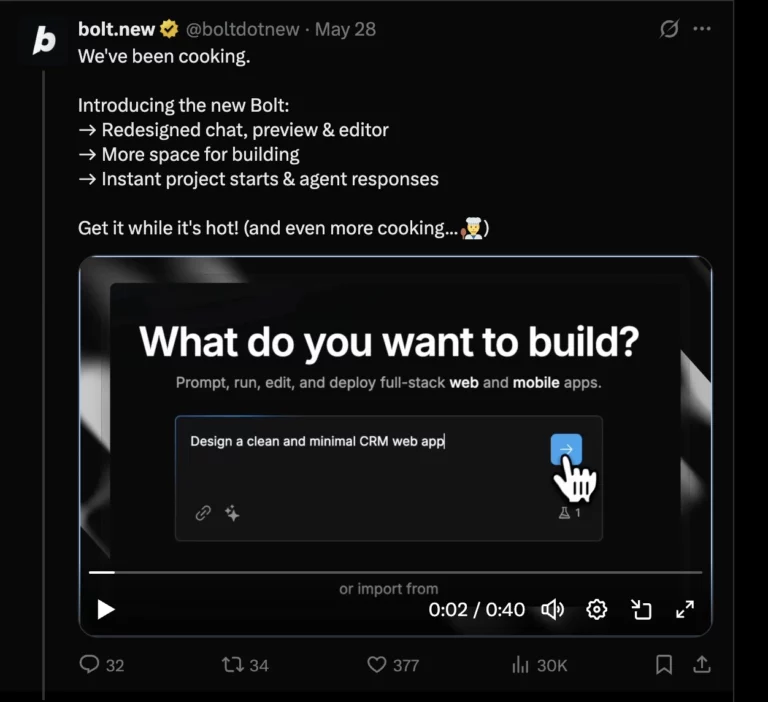
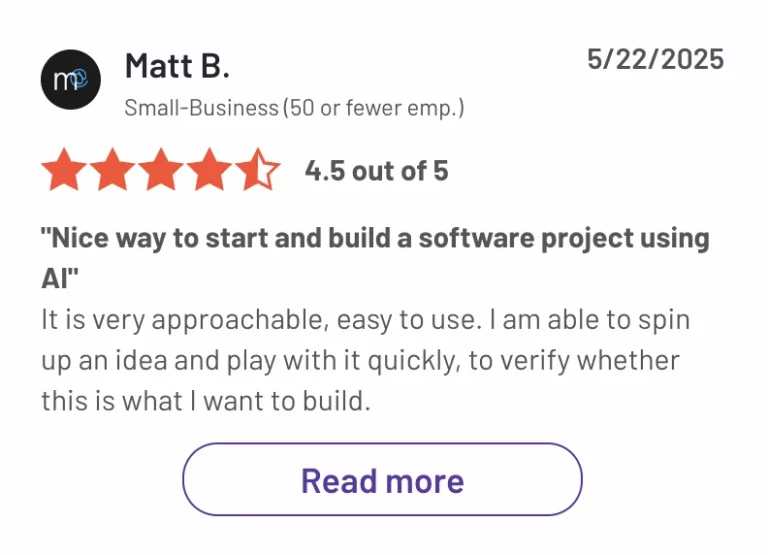
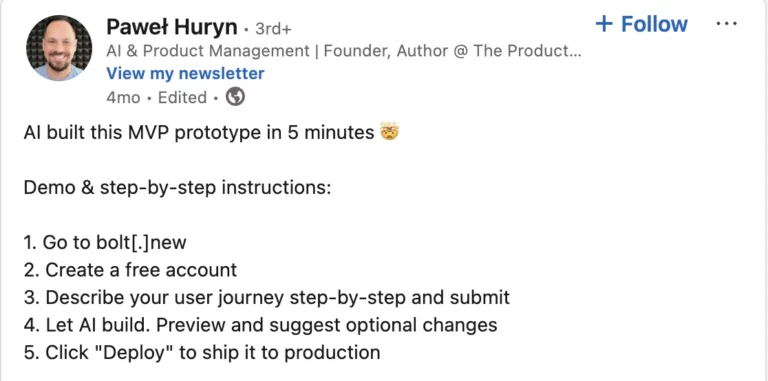
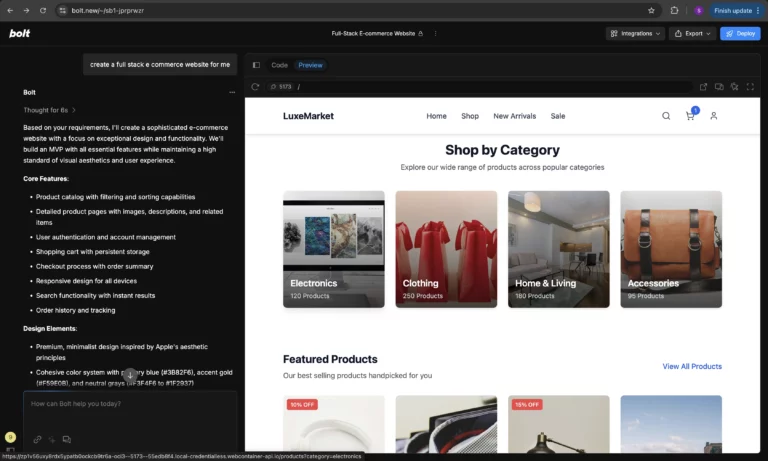
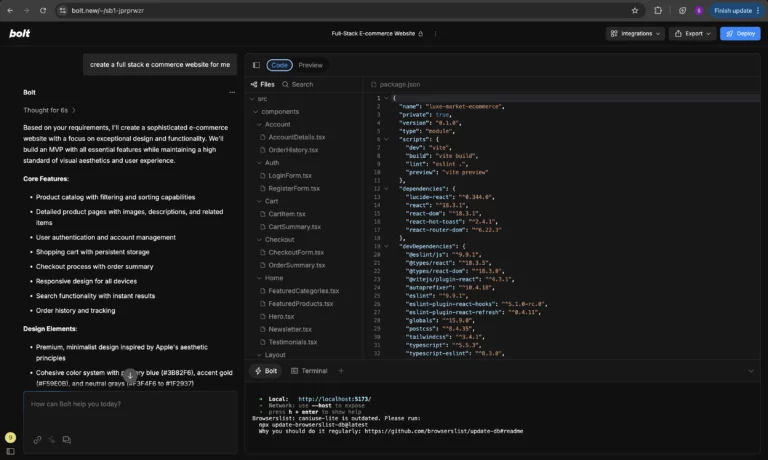
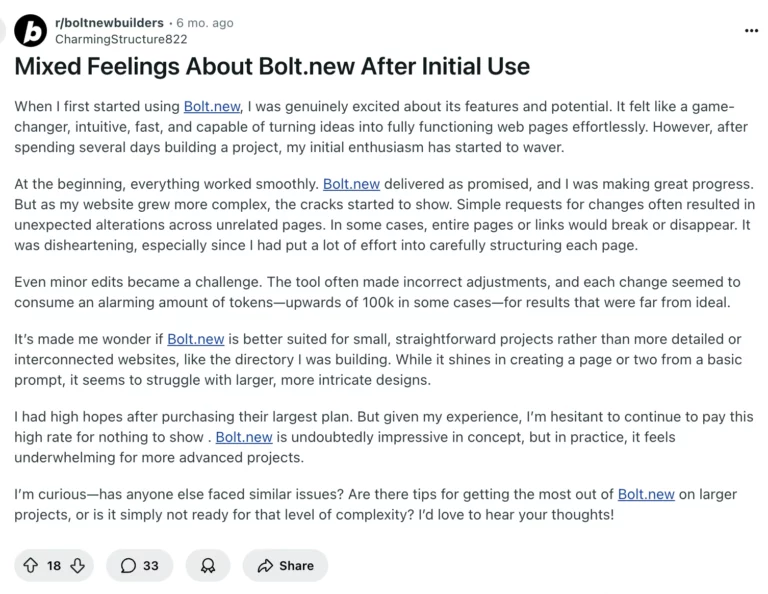
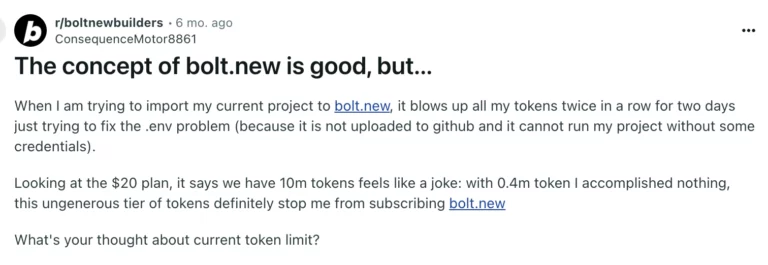
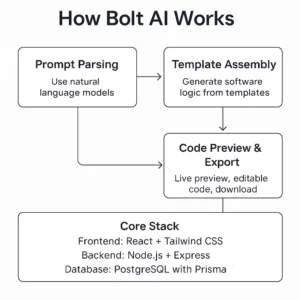
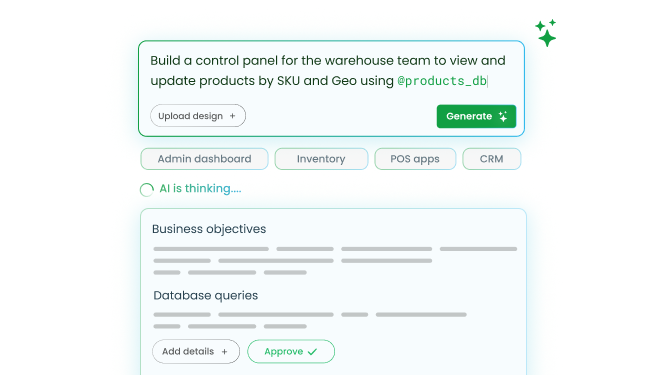 .
.